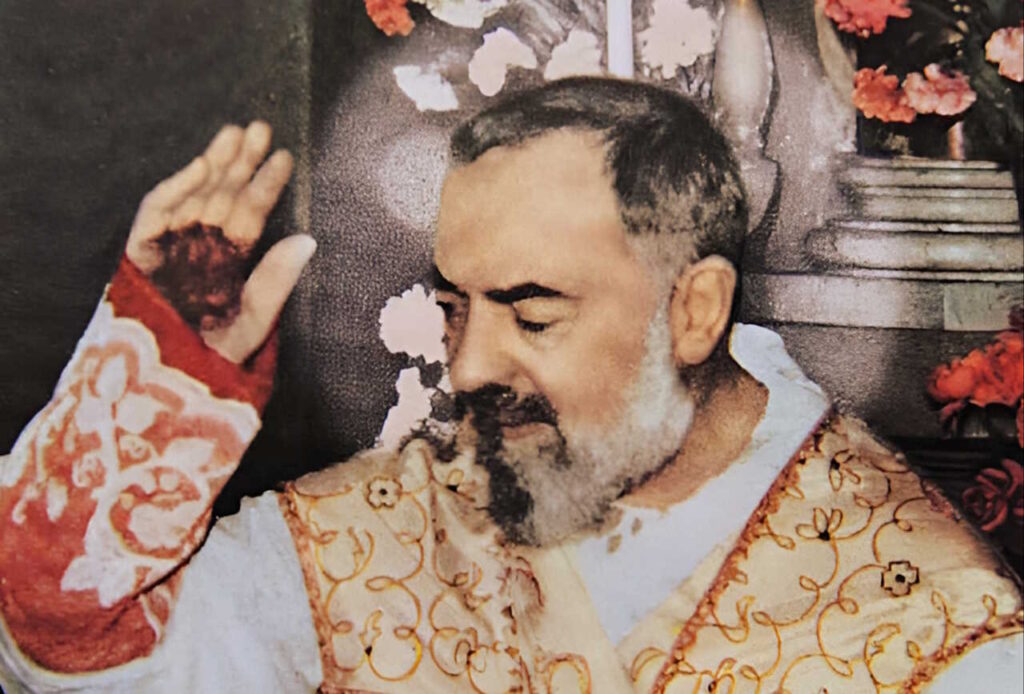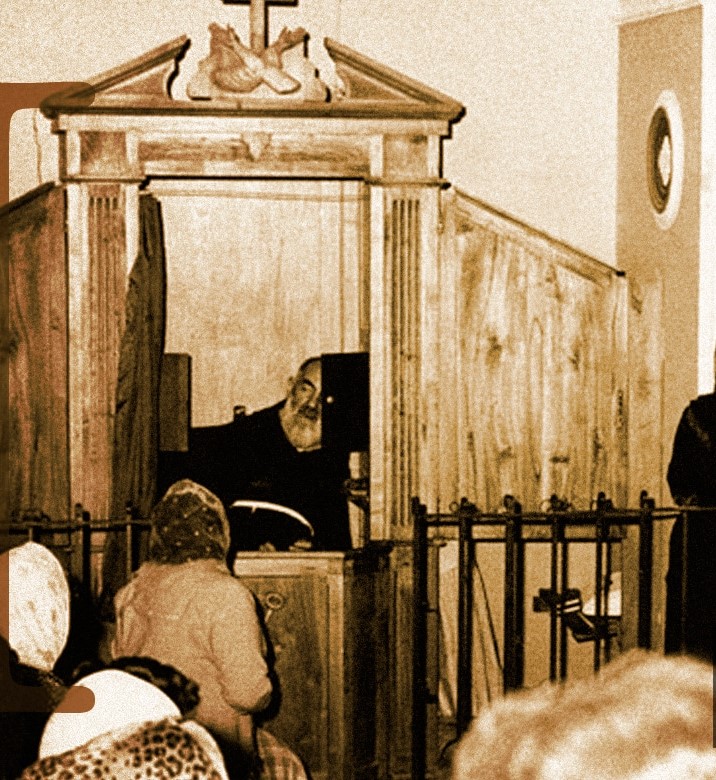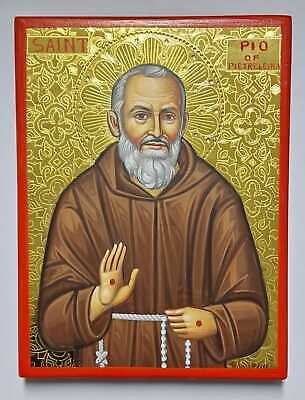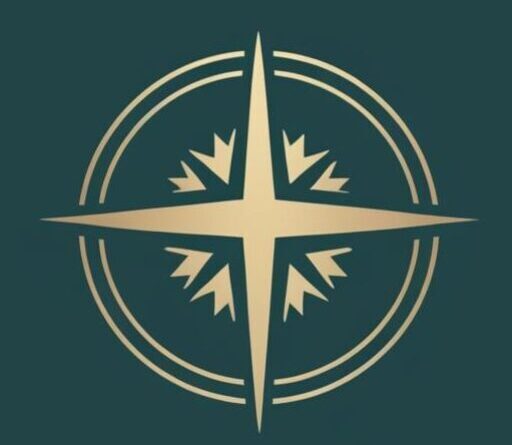Ever felt a burden so heavy it seemed your hands couldn’t hold it, yet somehow you kept going? That was Saint Padre Pio—a humble friar who carried Christ’s wounds and turned suffering into a lifeline for countless souls. His story rumbles like a silent thunder: it begins in a quiet Italian village, rolls through hills of pain and prayer, and echoes across the ocean to America, where his name still stirs hearts. For you, an American Catholic who’s clutched his medal in a tough moment or marveled at his miracles, come sit with me by this storm. Let’s uncover a saint who lived with one foot in the dirt and the other in eternity, a man whose scars whispered hope to a weary world.
The Boy from Pietrelcina: A Childhood Touched by Heaven
Padre Pio was born Francesco Forgione on May 25, 1887, in Pietrelcina, a dusty speck of a town in southern Italy’s Campania region. His parents, Grazio and Maria, were peasant farmers—hardworking folks who tilled the earth and knelt in prayer with equal grit. Little Francesco was different from the start. At 5, he’d sit in the village church, staring at the crucifix, claiming he saw Jesus and Mary smiling back. But it wasn’t all light—dark shadows trailed him too. He’d wake screaming from nightmares of demons clawing at his bed, a sign of the spiritual battles he’d fight lifelong. “I was born to suffer,” he’d later say, a quiet truth etched in his earliest years.

He herded sheep with his siblings, his small hands gripping a stick as he dreamed of God. School was spotty—Pietrelcina had little to offer—but a local priest tutored him, spotting a mind eager for more. At 12, he told his parents he wanted to be a friar “with a beard,” pointing to the Capuchins, a rugged offshoot of the Franciscans. On January 6, 1903, at 15, he entered their novitiate in Morcone, swapping his shepherd’s cloak for a brown habit and taking the name Pio, honoring Pope Pius V. A quirky tidbit: his mom sent him off with a sack of homemade bread, which he nibbled on for weeks, too shy to ask for more.
The Friar of the Stigmata: Wounds That Bled Grace
Pio’s path to priesthood was rocky—fevers, chest pains, and fainting spells plagued him, delaying his studies. Ordained on August 10, 1910, at 23, he offered his first Mass in Pietrelcina’s tiny church, his frail frame trembling with awe. In 1916, he landed at the Capuchin friary in San Giovanni Rotondo, a remote hilltop in Puglia where he’d spend most of his life. On September 20, 1918, everything changed. Kneeling before a crucifix in the friary’s chapel, he felt a searing pain—then saw blood seeping from his hands, feet, and side. The stigmata, Christ’s wounds, had marked him. “I became one with the cross,” he wrote, a mystic bond he’d bear for 50 years.

The wounds oozed daily, defying medical logic—no infection, just a faint scent of roses doctors couldn’t explain. Word spread, and pilgrims flocked—first dozens, then thousands. Skeptics sneered; Church officials probed. From 1923 to 1933, they barred him from public Masses and confessions, suspecting a hoax. Pio stayed silent, praying in his cell, his hands wrapped in gloves to hide the blood. A wild curiosity: during World War I, Italian soldiers claimed a “bearded monk” appeared in the sky, halting enemy planes over San Giovanni—years later, they swore it was Pio, though he never left his friary.
The Soul-Reader: A Confessor Who Saw Deep
When restrictions lifted, Pio’s real ministry bloomed. He’d perch in the confessional up to 18 hours a day, hearing sins with a gaze that cut to the core. He had gifts—bilocation (appearing in two places at once), reading hearts, even healing. A woman once confessed a vague “impure thought”; Pio snapped, “You slept with your sister’s husband last month!”—and she fled, stunned by his insight. “Pray, hope, and don’t worry,” he’d tell the shaken, a mantra that stuck. Miracles piled up: a blind girl saw after his blessing; a soldier’s shattered leg mended overnight.

In 1940, he launched a dream—a hospital, Casa Sollievo della Sofferenza (House for the Relief of Suffering), built in San Giovanni Rotondo with donations from pilgrims worldwide. Opened in 1956, it’s now a cutting-edge facility, a brick-and-mortar echo of his care. Another gem: he’d scribble blessings on scraps of paper for soldiers heading to war, slips they’d tuck into helmets like shields. His Masses were marathons—three hours of intense prayer, his face twisting as if he relived Calvary. People wept just watching him lift the Host.
America’s Mystic: A Saint Across the Sea
Padre Pio’s fame hit the U.S. post-World War II, carried by Italian immigrants and GIs who’d heard whispers of the “holy friar.” By the 1960s, devotion exploded—prayer groups sprang up in New York, Chicago, and beyond. In 1968, the Padre Pio Foundation of America took root, and shrines like the one in Barto, Pennsylvania, became pilgrimage hubs. His death on September 23, 1968, at 81—his stigmata vanishing hours before—only fueled the fire. Half a million packed St. Peter’s Square for his 2002 canonization by John Paul II, many waving American flags.
Why the U.S. love? He’s relatable—a tough, no-nonsense saint who suffered like us. Churches like St. Padre Pio in Chicago display relics—his blood-stained glove, a lock of hair—drawing hushed crowds. A wild tale: in 1960, a New Jersey cop claimed Pio appeared in his squad car during a chase, calming him as bullets flew. “He teaches us suffering joined to Christ redeems,” said Bishop Robert Barron (Barron, 2018), a nod to why his medals jingle on American keychains.
The Legacy of the Wounds: Padre Pio’s Light Today

Celebrated on September 23, Padre Pio is patron of civil defense volunteers and those in spiritual torment. His hospital thrives, treating thousands yearly—a living miracle. In the U.S., his prayer groups multiply, and “Pray, hope, and don’t worry” is a bumper-sticker gospel. He’s a saint for the broken—addicts, soldiers, anyone staring down darkness. His stigmata, bilocation, and gruff tenderness make him a bridge between heaven and earth, a figure who proves God works through the cracked and weary.
Dig deeper: Pio loved the rosary, praying dozens daily, and once said the Virgin Mary handed him the beads as a boy. During WWII, he wrote to American troops, promising prayers—letters soldiers pinned to their bunks. His cell in San Giovanni Rotondo, left as it was—wooden bed, cracked mug—draws pilgrims who kneel where he fought demons. “Pio’s wounds bleed grace for us all,” said John Paul II at his beatification (Homily, 1999), a truth that lingers.
Tracks of a Silent Thunder: Padre Pio’s Life Unrolled
Let’s feel the rumble of Padre Pio’s steps—each one a clap of thunder rolling through time, quiet yet mighty. His path weaves suffering into sanctity; here’s how it unfurls:
- Birth (May 25, 1887): Born in Pietrelcina, marked by visions and shadows.
- Capuchin Entry (January 6, 1903): Took the habit at 15, a shepherd turned friar.
- Ordination (August 10, 1910): Became a priest amid frail health.
- Stigmata (September 20, 1918): Received Christ’s wounds, a 50-year cross.
- Hospital Opens (May 5, 1956): Built Casa Sollievo, his gift to the suffering.
- Death (September 23, 1968): Passed in San Giovanni, wounds fading.
- Canonization (June 16, 2002): Sainted by John Paul II, a global echo.

I’m Jonathan Raeder, scholar of philosophy and the Catholic faith, deeply dedicated to exploring the teachings and traditions of the Church. Through years of study and reflection, I have gained a thorough understanding of Catholic philosophy, theology, and spirituality. My intention is to connect intellectual reflection with lived faith, shedding light on the richness of Catholic thought for all who wish to do so.

